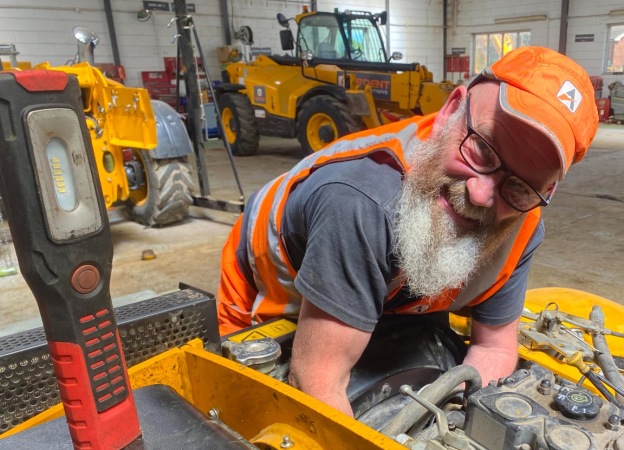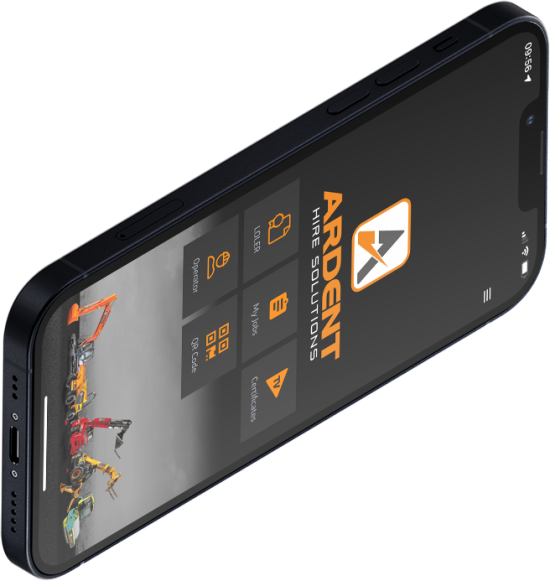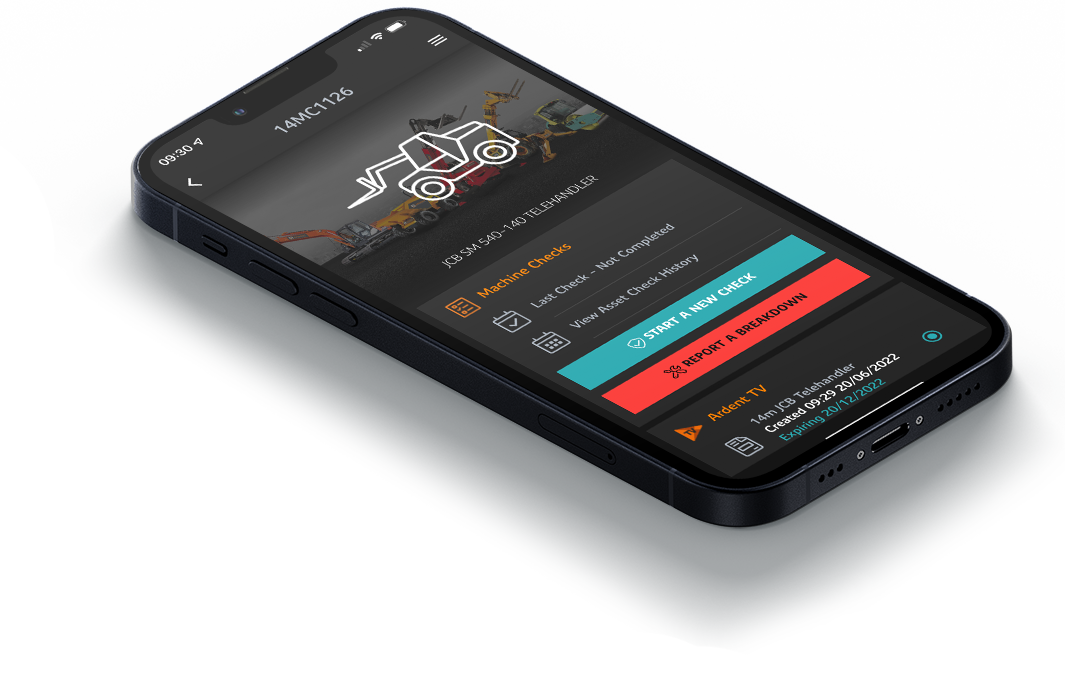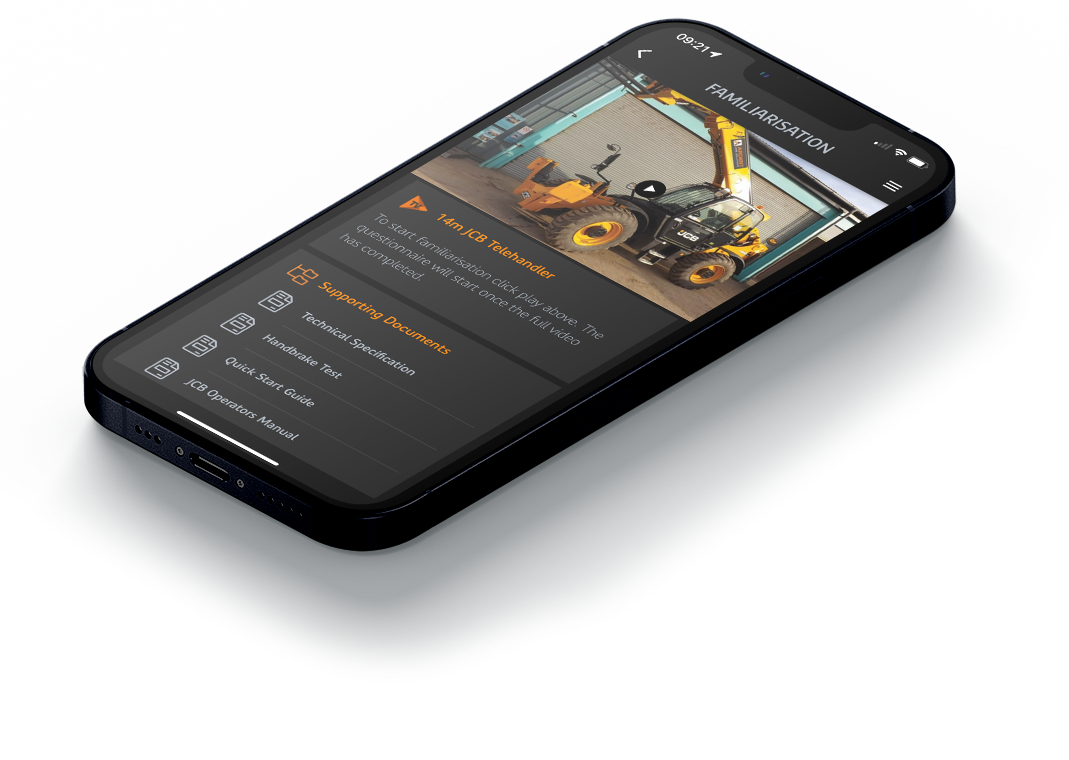Roto Telehandlers, Decoded: When One Machine Replaces Three
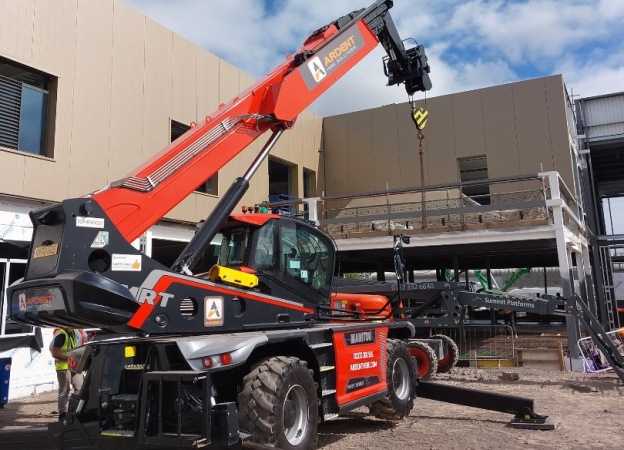
Roto telehandlers aren’t “just bigger telehandlers”. On the right jobs, they replace a telehandler, a mobile crane and a MEWP with one hire, one operator and one delivery. Used well, rotos shorten programmes, reduce vehicle movements and make tight sites safer to run. This guide shows where rotos pay back, which attachments unlock the most value, and how to set up a site so the machine is productive from day one.
What makes a roto different
A fixed‑boom telehandler lifts and carries. A roto does that and adds 360° slew. That simple shift changes everything. Instead of repositioning for each lift, the operator slews the upper structure to place loads precisely, even when space is tight. With stabilisers deployed and the right attachment fitted, the same machine can transition from materials handling to crane‑style lifts to safe access work in minutes.
The practical benefits show up in everyday tasks: fewer ground movements, smaller exclusion zones, quicker handovers between trades and less “hurry up and wait” while you source a second machine for the next activity.
Attachments that do the heavy lifting
Attachments are where rotos go from “useful” to “indispensable”.
- Rotating fork carriage for accurate placement on congested façades.
- Winches and jib winches when you need crane‑like capability for steel, frames and plant moves.
- Man‑basket platforms so you can switch into safe access work without bringing in a separate MEWP.
- Buckets, sweepers and hooks for the day‑to‑day jobs that keep a site moving.
The trick is planning the week’s tasks, not just today’s. If the schedule calls for cladding lifts in the morning and access work in the afternoon, a single base machine with the right attachment plan keeps momentum up and costs down.
Where rotos really pay back
- Rail: Bridge Work, Trackside Works
- Construction: New Build, Frame Construction
- Housing: Traditional, Timber Frame and SIPS
- Highways: Bridge Work, Structures
- Nuclear: New Build, Decommission
- Media: TV and Film production
In all of these, the payoff is the same: one machine that stays productive across multiple trades and work areas, rather than several machines idling on the same plot.
Safety and uptime, baked in
Modern rotos arrive with features that make sites safer and more predictable: clear load charts, mode‑specific interlocks, attachment recognition, and options such as proximity cameras. The most important upgrades, though, are behavioural. Daily digital checks, simple self‑help guides for common issues and manager alerts on risky usage patterns create a culture where problems are fixed early and operators feel supported, not policed.
The bottom line
A roto isn’t a silver bullet. It’s a brilliant tool when the job is planned around its strengths. If you need reach, precision and the flexibility to switch modes without calling in extra kit, a single roto with the right attachment plan can replace three hires, accelerate your programme and reduce risk on site.





